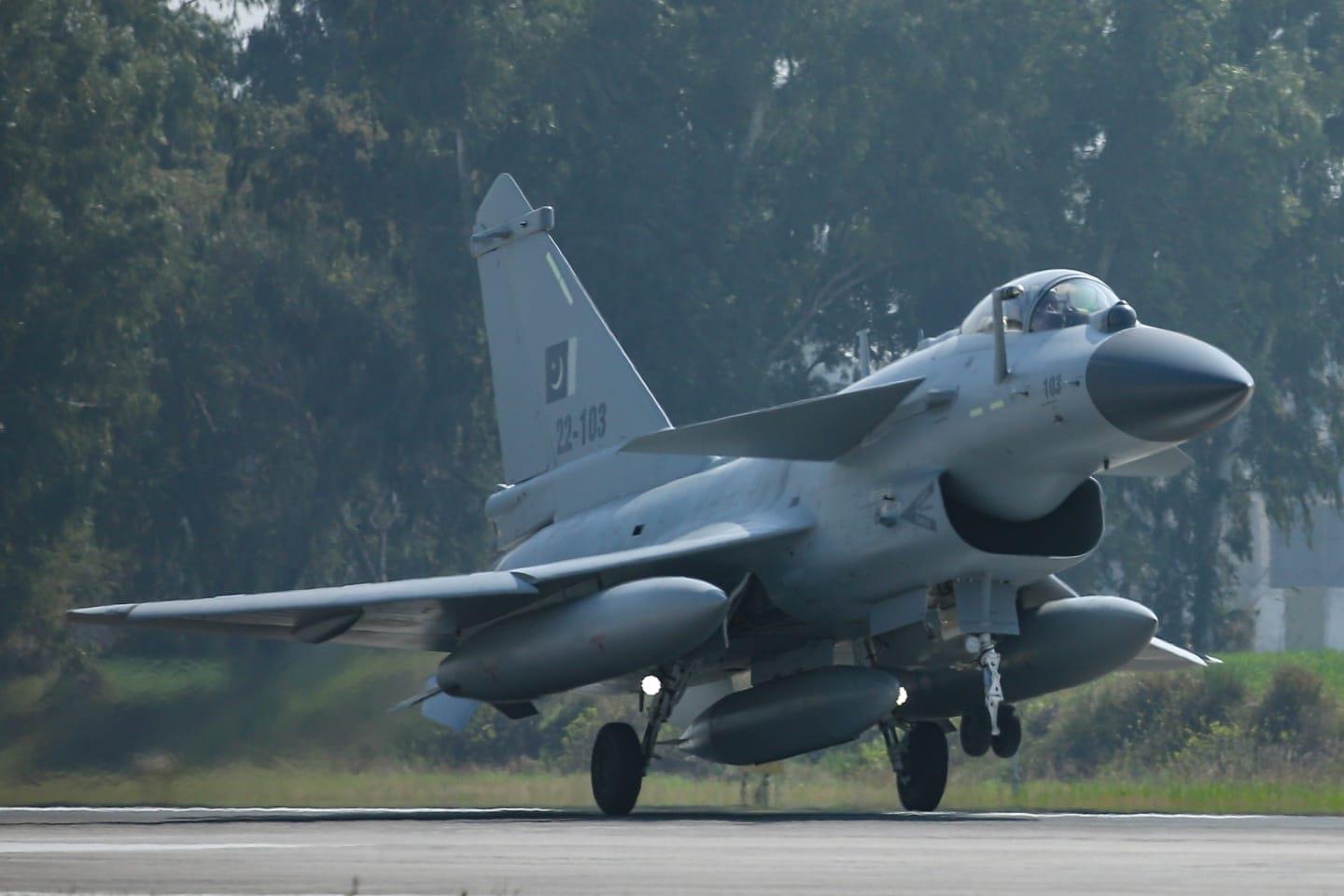Athens has proposed to New Delhi the acquisition of 18 Mirage 2000-5 fighter jets that are nearing the end of their operational lifespan. While local Indian sources have confirmed the offer, the exact value of the potential deal remains undisclosed by both governments. The next step involves Indian experts conducting a technical evaluation of these fighters.
India’s interest in the Mirage 2000-5 primarily lies in securing spare parts. As a major operator of this iconic French aircraft, India aims to keep its Mirage 2000 fleet operational until around 2035. With France no longer producing the Mirage 2000 or its spare parts, this acquisition is seen as highly valuable.
According to Indian source idrw.org, these Greek Mirage 2000-5s, despite their age, could provide essential components to extend the life of India’s existing fleet. This is crucial until newer generation aircraft like the Tejas MkII are fully integrated into the Indian Air Force.
A significant aspect of the proposed deal is the inclusion of a valuable two-seater variant. This variant is essential for pilot training, especially after India lost two such trainers. Experts believe its condition will be meticulously inspected to determine if it can be airworthy or provide parts to restore a trainer lost in recent accidents.
The Indian Air Force’s inspection of the Greek Mirage 2000s will be pivotal in assessing the deal’s feasibility. If the aircraft prove suitable—whether as parts donors or training platforms—the acquisition could offer a temporary solution until the Tejas MkII fighters are operational.
The Mirage 2000-5, developed by Dassault Aviation of France, is a versatile single-engine fourth-generation jet fighter. It excels in air superiority, ground attacks, and reconnaissance missions. It measures 14.36 meters in length, 9.13 meters in wingspan, and 5.20 meters in height, with a wing area of 41 square meters. Powered by a SNECMA M53-P2 afterburning turbofan engine, the Mirage 2000-5 can reach speeds up to Mach 2.2.
The technical specifications include a maximum takeoff weight of 17,000 kilograms, a service ceiling of 17,060 meters, and a rate of climb of 285 meters per second. Its advanced electronics include the RDY radar, HUD, MFDs, and a precise navigation system combining inertial navigation with GPS.
The Mirage 2000-5 is equipped with ECM, RWR, and chaff/flare dispensers to detect and counter incoming threats. It can carry a variety of weapons, including air-to-air missiles like the MICA, Magic II, and Super 530D, laser-guided bombs, regular bombs, and air-to-ground missiles such as the AS-30L and Exocet. It also has a 30mm DEFA 554 cannon for close combat. With additional fuel tanks, the Mirage 2000-5 can fly about 3,335 kilometers, with a combat range of about 1,550 kilometers without refueling.
In summary, India’s potential acquisition of Greek Mirage 2000-5 fighter jets is driven by the need for spare parts to extend the operational life of its existing fleet. The deal’s feasibility will depend on the technical evaluation of these aircraft by Indian experts.







:quality(70)/cloudfront-us-east-1.images.arcpublishing.com/archetype/C3KZ2VHMQJH3BABQPT6XUUT2XM.jpg)
